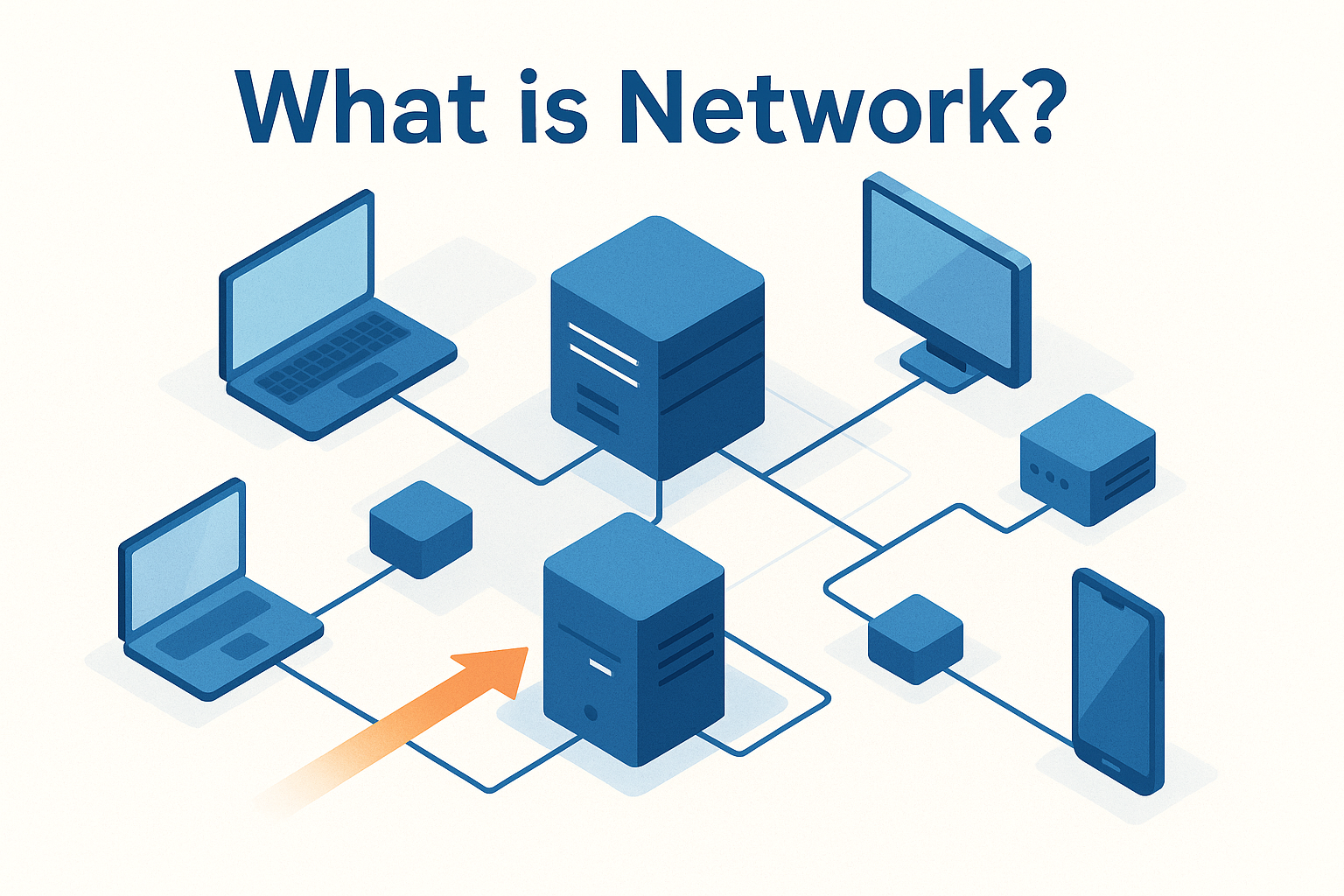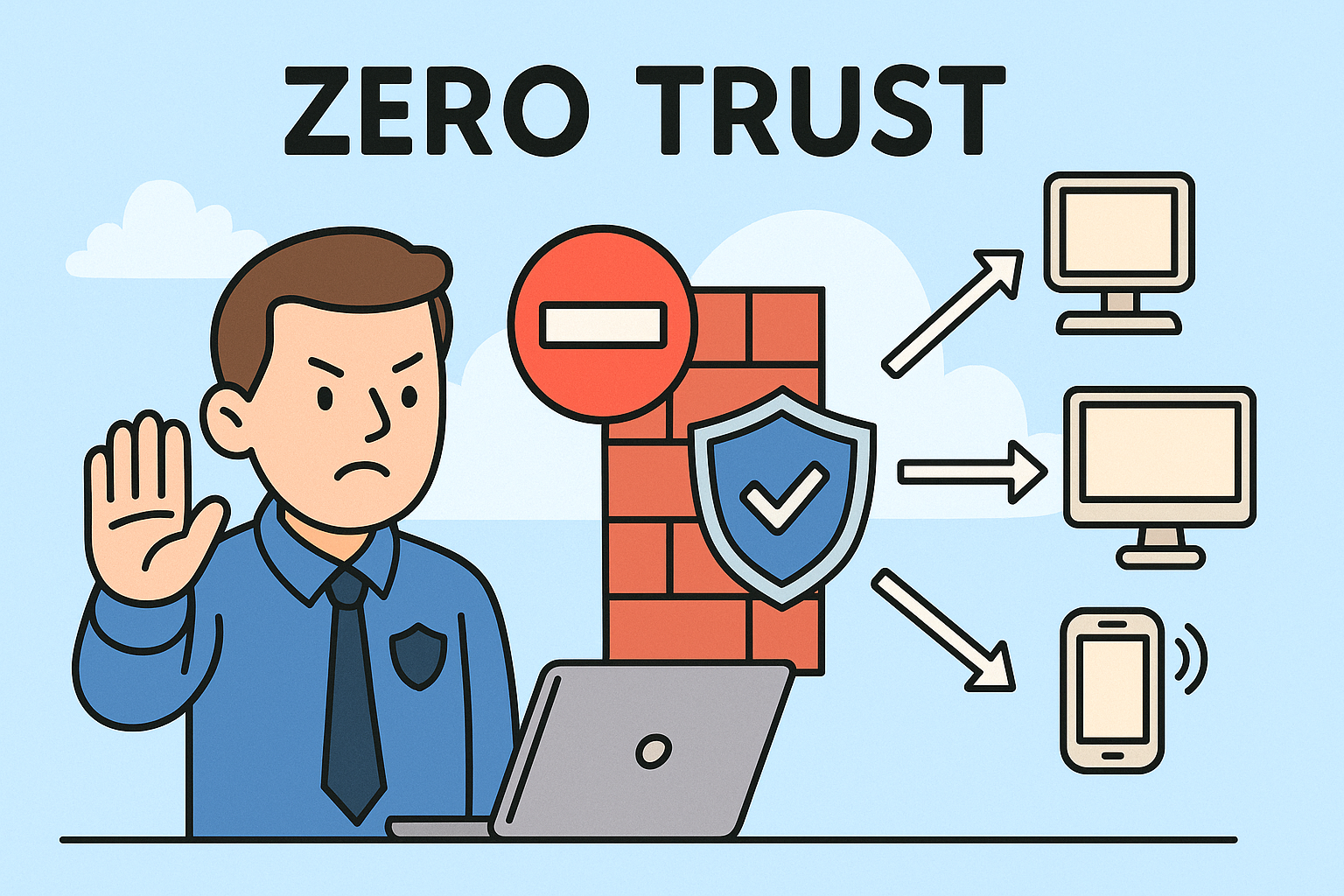What is Network? A Complete Guide for Beginners and Professionals
Updated on August 26, 2025, by Xcitium

Have you ever wondered, what is network and why it is so crucial in our daily lives? From sending emails to managing complex enterprise systems, networks form the backbone of modern communication and cybersecurity. For IT managers, CEOs, and cybersecurity professionals, knowing the fundamentals of networking helps in managing data, securing systems, and driving innovation.
In this guide, we’ll explain networks in simple terms, cover their types, importance, and practical examples, and show how they impact businesses today.
What is a Network?
At its core, a network is a group of two or more devices connected together to share data, resources, and services.
- Devices can be computers, servers, smartphones, routers, IoT devices, or printers.
- Networks can be wired (Ethernet cables) or wireless (Wi-Fi, Bluetooth, etc.).
- They allow communication, collaboration, and access to information across local or global distances.
In short, a network is the digital highway that connects people and technology.
How Does a Network Work?
Networks rely on three essential components:
- Hardware – Routers, switches, cables, and access points.
- Protocols – Standardized rules like TCP/IP that allow communication between devices.
- Data Transmission – Data is broken into packets and delivered across the network.
Imagine a network as a postal system:
- The address is your IP.
- The post office is the router.
- The mail (data) travels through different routes to reach its destination.
Types of Networks
Different networks serve different purposes. Here are the most common ones:
1. LAN (Local Area Network)
- Covers a small area like an office, school, or home.
- Example: Office computers connected to the same Wi-Fi.
2. WAN (Wide Area Network)
- Covers large geographical areas, often globally.
- The internet itself is the biggest WAN.
3. MAN (Metropolitan Area Network)
- Spans across cities or large campuses.
- Often used by universities or municipal organizations.
4. VPN (Virtual Private Network)
- Creates a secure, encrypted connection over the internet.
- Commonly used in cybersecurity to protect sensitive business data.
5. IoT Networks
- Connects smart devices like home assistants, wearables, and sensors.
- Plays a big role in modern industries and cybersecurity.
Importance of Networks in Business and Cybersecurity
For enterprises, networks are not just communication channels—they’re mission-critical infrastructure.
- Data Sharing – Enables fast file transfer and collaboration.
- Centralized Management – Makes IT administration easier.
- Security – Properly secured networks protect against malware, ransomware, and data breaches.
- Scalability – Cloud-based networks allow businesses to expand quickly.
Without secure networking, business continuity and cybersecurity resilience would collapse.
Examples of Network Applications
- Email Communication – Relies on TCP/IP and mail servers.
- Video Conferencing – Zoom, Teams, and Google Meet need stable networks.
- Cloud Services – AWS, Azure, and Google Cloud all depend on robust networks.
- E-commerce – Online transactions are only possible through secure networking.
Common Network Security Risks
- Phishing Attacks – Exploiting users through email and fake websites.
- Malware & Viruses – Infecting devices via unsecured networks.
- DDoS Attacks – Flooding networks to disrupt services.
- Unauthorized Access – Hackers exploiting weak credentials.
tip for IT managers: Always deploy firewalls, intrusion detection systems (IDS), and endpoint protection solutions.
Best Practices for Managing Networks
- Use strong passwords and authentication protocols.
- Regularly update firewall and antivirus software.
- Encrypt sensitive data in transit.
- Segment networks (e.g., separate guest Wi-Fi from internal business networks).
- Monitor network logs to detect unusual activity.
Frequently Asked Questions (FAQ)
1. What is network in simple terms?
A network is a group of devices connected to share information and resources.
2. What are the 4 types of networks?
LAN, WAN, MAN, and VPN are the most common categories.
3. Why is networking important in business?
It enables collaboration, data sharing, and secure communication.
4. What is the difference between LAN and WAN?
LAN covers small areas like offices, while WAN connects across cities or globally.
5. How do I secure my business network?
Use encryption, firewalls, strong passwords, and professional endpoint protection services.
Final Thoughts
Understanding what is network is essential for IT leaders, cybersecurity experts, and business executives. Networks form the foundation of communication, cloud computing, and digital security. Whether you’re securing a small office LAN or managing global enterprise infrastructure, strong networking knowledge empowers better decisions.
🚀 Ready to Strengthen Your Cybersecurity Infrastructure?
Protect your business from evolving cyber threats with Xcitium’s advanced endpoint protection and network security solutions.
















